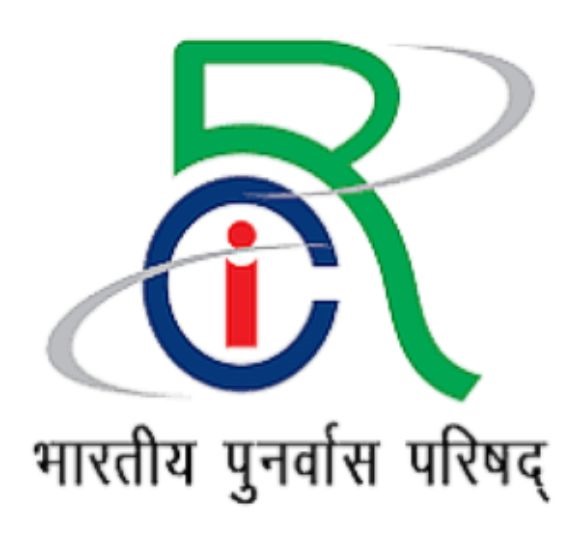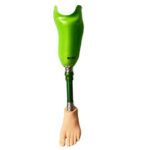UPPER LIMB PROSTHETIC ARTIFICIAL HAND BORIVALI
Upper limb prosthetic hands, or artificial limbs, come in various forms, including passive (cosmetic), body-powered (using cables and pulleys), and myoelectric (using electrical signals from muscles) devices, each offering different levels of functionality and control.
How prostheses are used
- An artificial substitute for your natural arm is called an upper limb prosthesis, or prosthetic arm. From your elbow, upper arm, and shoulder to your hand, wrist, and forearm, it can replace all or a portion of your upper limb.
- Best Artificial Leg Near MUMBAI | Protheses & Orthoses 9321110091
Types:
Prosthetic arms can be passive or cosmetic, or they can be high-tech, externally powered, or body-powered robotic arms that can replicate intricate movements.
Functions: People who use prosthetic arms can carry out everyday tasks like eating, dressing, typing, and even playing an instrument or participating in sports.
Technology: To enable users to control the movements and even receive sensory feedback from the artificial limb, modern prosthetic arms make use of sophisticated technology, such as sensors and motors.
Comparing Body-Powered and External-Powered
Body Powered: These are controlled by the user’s own muscles and body motions, frequently with the use of cables and levers.
External Powered: These typically offer more functionality and dexterity by using battery-powered motors to control the arm’s movements.
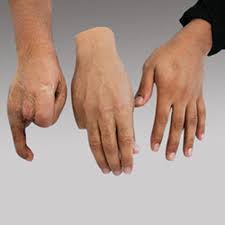
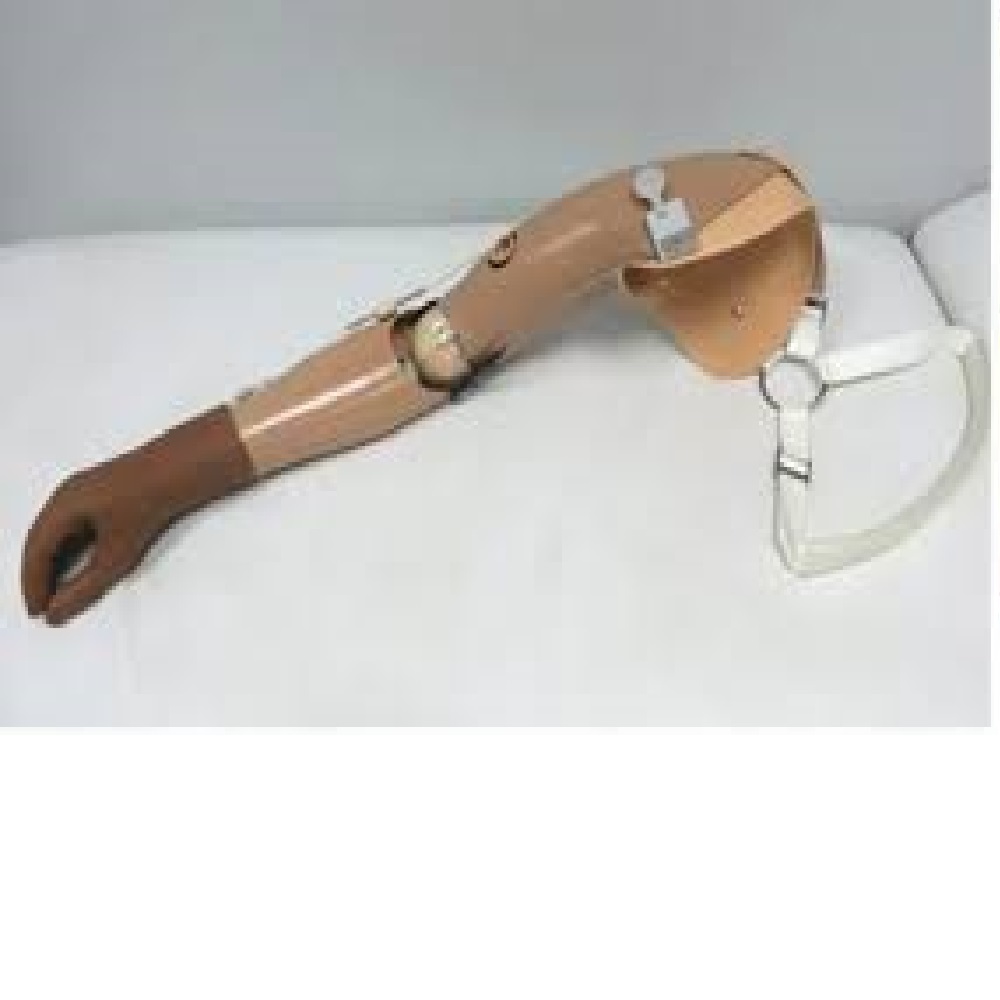


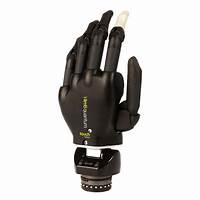

Why Choose Prostheses
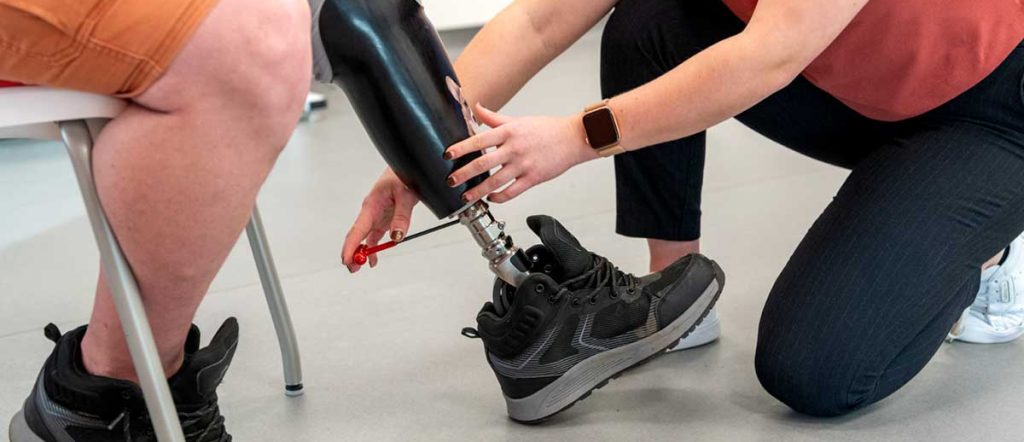
Prosthetic limbs are assistive technology that improves your freedom and mobility. They enable you to perform specific tasks more effectively than you could without them by simulating the actions of a human limb. Maintaining your general musculoskeletal health can also be facilitated by using a prosthetic limb.
Choosing prosthetics is an important step in regaining an active and independent life. With the right prosthetic solution, people can overcome physical limitations and seize new opportunities with determination and confidence. If you or a loved one is considering a prosthetic, consult a specialist to determine the best options for your needs.
How Prostheses Improve Quality of Life
- Restoration of Function and Mobility:
Prosthetic limbs are designed to mimic the functions of a missing limb, enabling individuals to perform tasks like walking, dressing, cooking, or driving more easily.
- Increased Independence:
By restoring function, prostheses empower individuals to live more independently, reducing reliance on others for daily activities and improving their overall sense of autonomy.
- Improved Social Participation:
With enhanced mobility and independence, individuals can participate more fully in social activities, work, and education, leading to a greater sense of belonging and fulfillment.
- Enhanced Self-Esteem and Confidence:
The ability to perform tasks and activities that were previously challenging or impossible can boost self-esteem and confidence, leading to a more positive outlook on life.
- Psychosocial Benefits:
Beyond the physical benefits, prostheses can also help mitigate the mental health consequences of limb loss, such as social isolation, anxiety, and depression.
- Technological Advancements:
Ongoing advancements in prosthetic technology are leading to more natural-looking, functional, and comfortable devices, further enhancing the quality of life for individuals with limb loss.
- Improved Daily Living:Prostheses aid in daily tasks, including hygiene, household duties, travel, and social events, significantly enhancing amputees’ overall quality of life.
Prosthetic Fittings and Adjustments What to Expect
Prosthetics play a vital role in restoring independence and enhancing the overall well-being of individuals who have lost a limb due to injury, illness, or congenital conditions. Thanks to advancements in technology, modern prosthetics offer improved functionality, comfort, and aesthetics, helping users lead active and fulfilling lives. Here’s how prosthetics improve quality of life:
1. Restoring Mobility and Independence
One of the biggest advantages of prosthetics is that they help individuals regain their ability to move freely. Whether it’s a prosthetic leg for walking or a prosthetic arm for daily tasks, these devices enable users to perform everyday activities with confidence.
2. Enhancing Physical Health
Prolonged immobility can lead to muscle atrophy, joint stiffness, and circulation problems. Prosthetics help users stay active, reducing the risk of secondary health issues and promoting overall physical fitness.
3. Boosting Self-Confidence
Losing a limb can impact a person’s self-esteem, but a well-fitted prosthetic can restore confidence. Many users find that prosthetics help them feel more comfortable in social and professional settings, improving their emotional well-being.
4. Enabling Participation in Sports and Activities
Specialized prosthetics allow individuals to engage in sports and recreational activities, from running and cycling to swimming and rock climbing. These adaptive prosthetics empower users to pursue their passions and maintain an active lifestyle.
Getting a prosthetic limb is a life-changing experience, but it requires a proper fitting and ongoing adjustments to ensure comfort and functionality. The process involves multiple steps, from initial assessments to final customization, ensuring that the prosthetic meets the user’s unique needs.
A prosthetist, a specialist who assesses the residual limb, general health, and lifestyle requirements, is consulted at the start of the journey. The best kind of prosthetic for everyday use, sports, or particular activities is determined in part by this evaluation. Once the appropriate prosthetic has been selected, a custom socket is made to fit snugly and comfortably. Finding the ideal fit is essential to avoiding discomfort, skin irritation, and pressure sores. The socket is the portion of the prosthetic that attaches to the residual limb.

Prosthetics
Prosthetics refers to the design, creation, and use of artificial limbs or body parts to restore mobility and functionality for individuals who have lost a limb due to injury, disease, or congenital conditions. Modern prosthetic devices are made using advanced materials like carbon fiber, silicone, and titanium, ensuring durability, flexibility, and a natural appearance. Technological advancements, such as bionic prosthetics and 3D printing, have significantly improved their functionality, allowing for better movement and comfort. These devices not only enhance physical capabilities but also improve the overall quality of life by restoring independence and confidence.
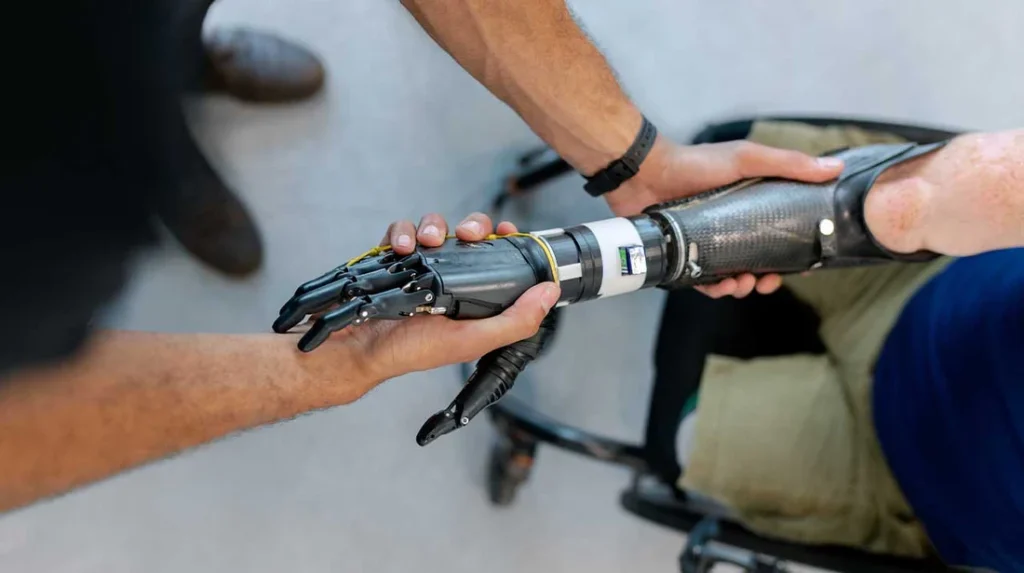
Upper Extremity
The upper extremity refers to the region of the human body that includes the shoulder, arm, forearm, wrist, and hand. It plays a crucial role in performing various daily activities, from lifting and carrying objects to fine motor tasks like writing and typing. The upper extremity consists of bones such as the humerus, radius, and ulna, along with muscles, joints, tendons, and nerves that enable movement and dexterity. Injuries or conditions affecting the upper extremity, such as fractures, arthritis, or nerve damage, can significantly impact mobility and functionality. Medical interventions, including physical therapy, surgery, and prosthetics, help restore strength and movement in cases of impairment.

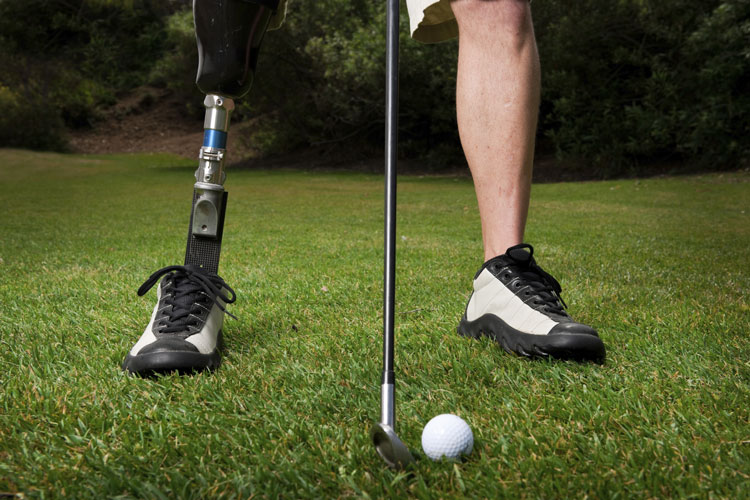
Lower Extremity
The lower extremity refers to the part of the human body that includes the hip, thigh, knee, leg, ankle, and foot. It is essential for weight-bearing, balance, and movement, enabling activities like walking, running, and jumping. The lower extremity consists of major bones such as the femur, tibia, and fibula, along with muscles, ligaments, tendons, and joints that provide strength and flexibility. Injuries or conditions affecting the lower extremity, such as fractures, arthritis, or nerve damage, can severely impact mobility and quality of life. Medical treatments, including physical therapy, surgery, and prosthetics, help restore function and improve movement in cases of impairment.

Silicon Prosthesis
Silicone prosthesis is a type of custom-made artificial body part designed to replace missing limbs, fingers, toes, or facial features with a lifelike appearance and texture. Made from medical-grade silicone, these prosthetics closely mimic natural skin in color, texture, and flexibility, providing both functional and aesthetic benefits. They are commonly used in cases of amputations, congenital deformities, or trauma-related injuries. Silicone prostheses offer comfort, durability, and water resistance, allowing users to carry out daily activities with ease. Advanced techniques, such as color matching and embedded details like veins and fingerprints, enhance realism, boosting the confidence and quality of life of individuals who use them.

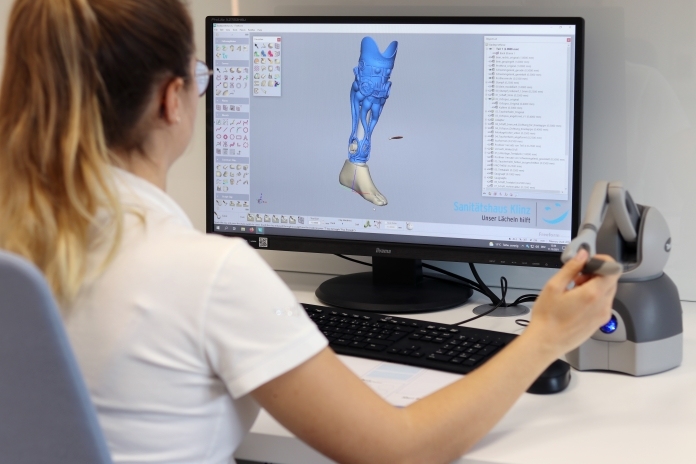
3D Scanning Prosthesis
3D scanning prosthesis is an advanced technology that uses high-precision 3D scanning to create customized prosthetic limbs and body parts with exceptional accuracy. This process captures detailed measurements of the residual limb or affected area, ensuring a perfect fit and enhanced comfort for the user. By eliminating traditional molding techniques, 3D scanning significantly reduces the time required for prosthesis fabrication while improving precision and design efficiency. Combined with 3D printing, this technology allows for lightweight, durable, and highly functional prosthetics tailored to individual needs. It has revolutionized the field of prosthetics by making high-quality, affordable, and personalized solutions more accessible to amputees and individuals with limb differences.

Orthotics
Orthotic prosthesis refers to a specialized medical device that combines elements of both orthotics and prosthetics to support, correct, or replace a missing or impaired limb. Orthotic devices, such as braces and supports, help stabilize and improve the function of weakened or deformed limbs, while prosthetic components replace lost body parts to restore mobility. This hybrid approach is particularly beneficial for individuals with conditions like partial amputations, neuromuscular disorders, or joint instability. Advanced materials like carbon fiber, silicone, and 3D-printed components enhance durability, comfort, and functionality. Orthotic prostheses improve mobility, reduce pain, and enhance the overall quality of life by providing tailored support and movement assistance.


Accolades
Accolades prosthesis refers to high-quality, innovative prosthetic solutions that have been recognized for their excellence in design, functionality, and user comfort. These prosthetic devices are developed using cutting-edge technologies, such as 3D printing, advanced biomechanics, and bionic enhancements, to provide superior mobility and adaptability. Many accolade-winning prostheses focus on improving the lives of amputees by offering lightweight, durable, and highly customized designs that closely mimic natural limb movement. Recognized by medical professionals and industry experts, these prosthetic advancements contribute significantly to rehabilitation, independence, and confidence for users, setting new standards in prosthetic care and technology.

Podiascan
Podiascan prosthesis is an advanced prosthetic solution that utilizes podiascan technology to assess foot pressure distribution and gait patterns for individuals with lower limb impairments. This technique involves scanning the foot to analyze weight distribution, arch structure, and pressure points, ensuring a highly customized prosthetic design for optimal comfort and functionality. By using podiascan data, prosthetists can create well-fitted prosthetic feet or orthotic supports that enhance mobility, reduce strain, and prevent complications such as pressure sores or misalignment. This technology is particularly beneficial for individuals with diabetes, limb loss, or orthopedic conditions, as it helps improve balance, posture, and overall movement efficiency.



